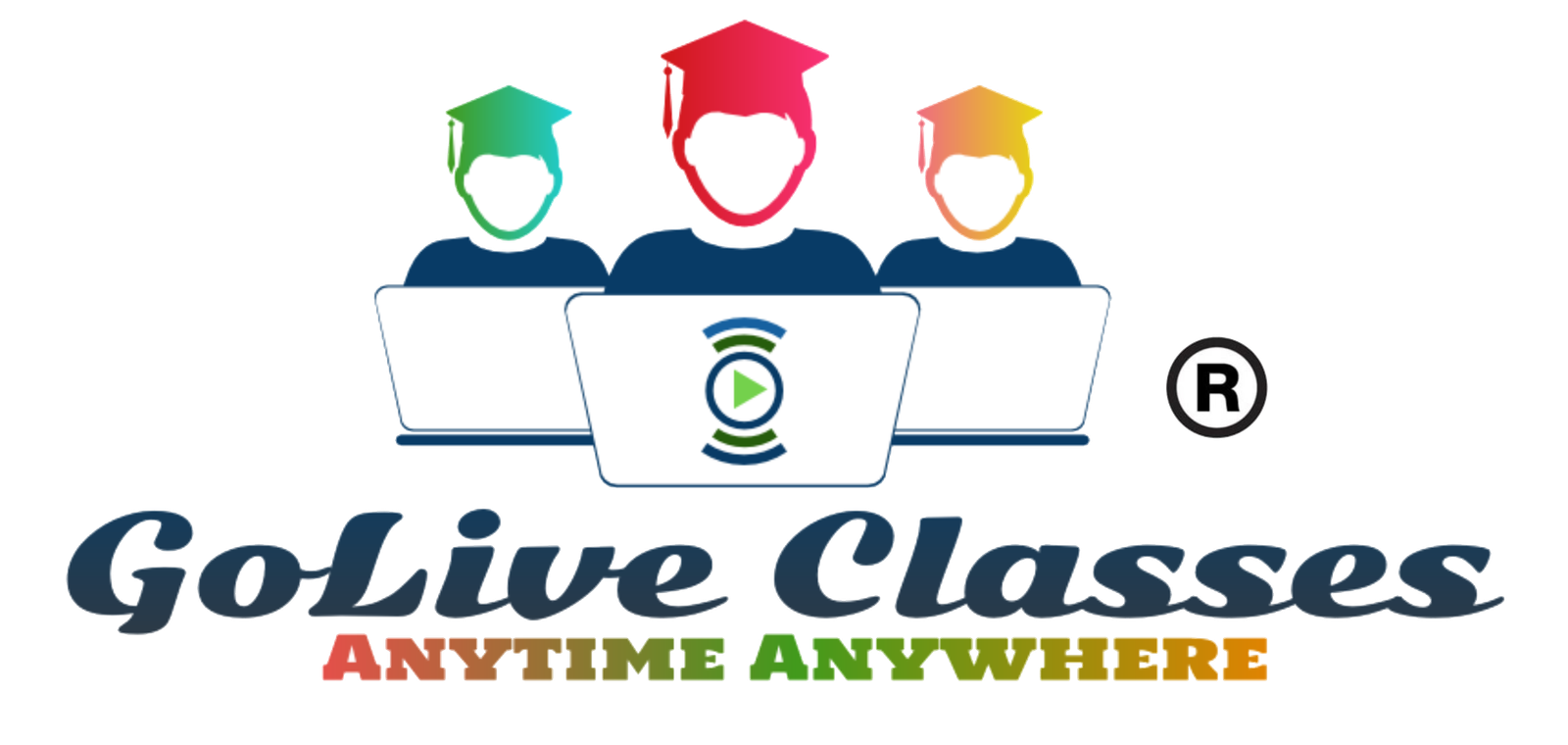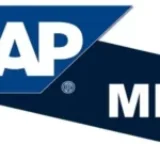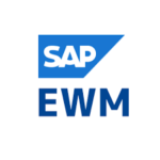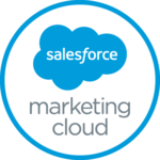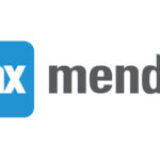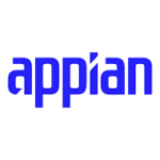Tibco Spotfire
The Tibco Spotfire online course is designed to ensure that you learn & master the concepts of Spotfire Devlopemet and administration and pass the certification exam on your first try. Our training will help you learn how to administer and master the Data Analytics field. The practical hands-on learning approach followed in the course will ensure you get job-ready by the end of it.
About Course
We at Golive classes provide world-class Tibco Spotfire course Online Training.
Tibco Spotfire Analytics responds faster than BI and more flexibly than spreadsheets, equipping everyone in the enterprise whether in business, technical, or scientific roles to easily analyze complex data, customize their discovery experience, and share their story through portals or interactive dashboards. Spotfire Analytics delivers a unique combination of powerful analytics and engaging visual experience that is both powerful and intuitive.
What is this course about?
Tibco Spotfire makes it easy to build and deploy reusable analytic applications over the web or perform pure ad-hoc analytics, driven on-the-fly by your own knowledge, intuition, and desire to answer the next question. Spotfire analytics does all this by letting you interactively query, visualize, aggregate, filter, and drill into datasets of virtually any size. Ultimately you will reach faster insights with Spotfire and bring clarity to business issues or opportunities in a way that gets all the decision-makers on the same page quickly.
What are the training Objectives of Tibco Spotfire online training?
- Gathering business needs from the business team and transmitting them into technical design and architecture documents.
- Enable analysis, estimation, and solution documents
- Strong experience in creating calculated and sophisticated columns, visualization, and custom expressions
- Develop Map Chart, Cross table, Treemap, Bar chart, and complete reports involving Custom expressions and property controls.
- Generating Reports using SPOTFIRE and managing Performance tuning.
- Generating reports using complex calculations and variables.
- Implementing User-level security to the Reports.
- Able to serve as a primary point of contact for Production Support issue resolution.
- Capable of working with formatting the reports according to the user requirements.
- Developing dashboard reports for Project portfolios which help in the better analysis for decision making using SPOTFIRE.
- Migrating Dashboard from Development to Production environments.
- Using SQL to include the data into the database
- Able to perform day to day administration of SPOTFIRE, performance tuning, including group/library management, upgrades, monitoring log files, troubleshooting, and reporting.
- Developing various operational Drill-through and Drill-down reports using SSRS
- Creating the guideline files and validations using EDI Spec builder for various EDI transactions.
- IronPython Scripting
- Building Platforms, data forms, and frameworks using IronPython
Why should you learn the Tibco Spotfire course?
The Tibco Spotfire training includes learning distinct business intelligence tools and understanding data warehousing concepts. Spotfire is majorly used by businesses seeking out for agile solutions primarily in the e-commerce scenario. After the course completion, you are capable of performing an event-driven real-time analysis on distinct varieties of data types. Tekslate helps to get the best jobs with powerful analytics in the BI and Analytics sphere. A Spotfire Admin can earn up to $98, 000/year.
Who should learn in this Tibco Spotfire training?
- Business Intelligence Professionals
- Software and Mainframe Professionals
- ETL and SQL Admins
- Project Managers
What are the prerequisites to learn this course?
Primary skills in SQL and its Functions.
What are the advantages of Tibco Spotfire?
Cutting costs, offering necessary features for analyzing data, providing many visualizations, working with third-party tools, and being flexible to cater to your needs. No two enterprises have the same needs.
Why GoliveClasess?
1.We provide training along with Real-time concepts with case studies
2.Project Explanation
3.Interview Questions
4.Resume preparation
5.Technical Assistance even after Course Completion
6.Career Guidance
7.life time video recordings Acess
8.The assistance provides in consulting and placement
9.Free other courses will be provided free of cost.
Course Curriculum:
Development:
- Spotfire Basic Skills:
-
- Understanding Visualization of Spotfire
- Performing Data Filtering
- Learning More through Data Drill-Dow
- The Underlying Data:
-
- Expected Format of a Data Table
- Loading Data using an Information Link
- Opening New Data
- Adding data from different data sources into Spotfire
- Pages Getting Started with Visualizations in Spotfire
-
- Properties of Table
- Properties of Bar Charts
- Interpreting Bar Charts
- Properties of Line Charts
- Interpreting Line Charts
- More Visualizations
- Filters in Spotfire
-
- Filter Type
- Changing Filter Types
- Filtering Display Options
- Organizing Filters
- Defining Filtering Schemes
- Drill-Down
-
- Highlighting Items
- Details Visualizations
- Multiple Markings
- Saving and Exporting
-
- Saving a Spotfire File
- Exporting Data from Spotfire
- Exporting Visualizations from Spotfire
- More Visualization Types
-
- Combination Charts
- Combination Chart Introduction
- Combination Chart Properties
- Using Combination Charts
- Scatter Plots
-
- Scatter Plot Introduction
- Scatter Plot Properties
- Using Scatter Plots
- 3D Scatter Plots
-
- 3D Scatter Plot introduction
- 3D Scatter Plot Properties
- Using 3D Scatter Plots
- Pie Charts
-
- Pie Chart introduction
- Pie Chart Properties
- Using the Pie Chart
- Summary Tables
-
- Summary Table introduction
- Summary Table Properties
- Using Summary Tables
- Cross Tables
-
- Cross Table Introduction
- Cross Table Properties
- Using Cross Tables
- Graphical Tables
-
- Graphical Table Introduction
- Graphical Table Properties
- Using Graphical Tables
- Map Charts
-
- Map Chart introduction
- Map Chart Properties
- Using Map Charts
- Parallel Coordinate Plots
-
- Parallel Coordinate Plot introduction
- Parallel Coordinate Plot Properties
- Using Parallel Coordinate Plots
- Tree Maps
-
- Treemap Introduction
- Treemap Properties
- Using Treemaps
- Box Plots
-
- Box Plot Introduction
- Box Plot Properties
- Using Box Plots
- Heat Maps
-
- Heat Map Introduction
- Heat Map Properties
- Using Heat Maps
- Coloring
-
- Color Modes
- Color Break Points
- Coloring Rules
- Coloring in Tables Cross Tables and Heat Maps
- More Coloring Features
- Adding Data to an Existing Analysis
-
- Adding New Rows to a Data Table
- Adding New Columns to a Data Table
- Adding New Data Tables
- Transformations
-
- Pivot, Unpivot
- Calculate and Replace Column
- Calculate New Column
- Change Column Names
- Change Data Types
- Exclude Column
- Normalization
- Using Tags
- Using Lists
- Capturing your Analysis
-
- Bookmarks
- Adding and Applying Bookmarks
- Deriving More Information from Raw Data
-
- Calculated Columns
- Custom Expressions
- OVER Expressions
-
- OVER in Calculated Columns
- OVER in Custom Expressions
- Terms to use in OVER Expressions
- Limiting Data in Visualizations
-
- Limiting Data Using Markings
- Limiting Data Using Filtering
- Limiting Data Using Expression
- Lines & Curves
- Hierarchical Clustering
- Data Relationships
- K-Means Clustering
- Line Similarity
- Regression Modelling
- Classification Modelling
- Opening Data using an information Link
- Loading Data on Demand
- Markings
-
- Details on-Demand
- Drill-down
- Different Markings
- Text Areas
-
- Editing the Text Area
- Creating Links to Website
- Adding Filter Controls
- Adding Action Controls
- Adding Property Controls
- Adding Dynamic Items
- Publishing Analyses to TlBCO Spotfire Web Player
- Export features
- Export Data/Visualizations to various formats
Administration:
- Information Designer
-
- information Link
- Setting up a data source
- information Links
-
- Creating an information Link
- Adding Elements to the information Link
- Specifying Join Path
- Specifying Description
- Adding Filters and Prompts
- Showing Parameters
- Saving the information Link
- Viewing and Editing SQL Paths
- Library Administration
- Detailed explanation
- Managing Imports and Exports
- Managing Access to folders
- Administration Manager
- Detailed explanation
- Creating Users
- Licenses
- Preferences
- Managing Groups

